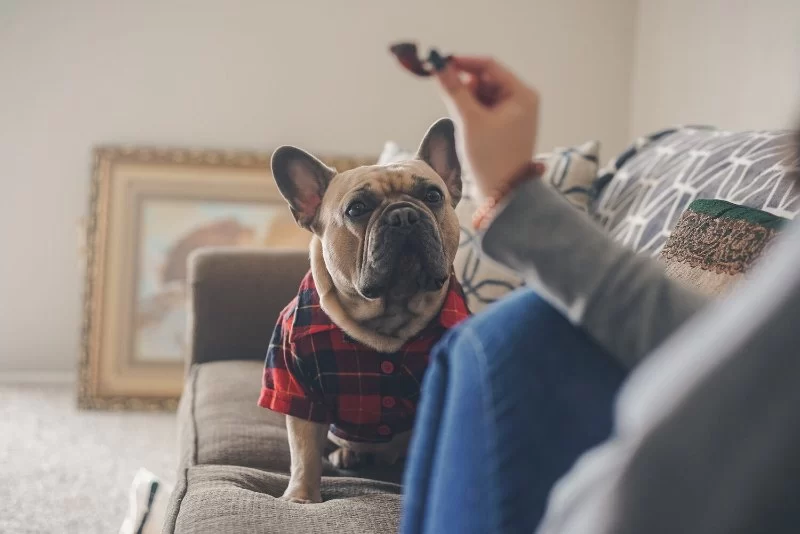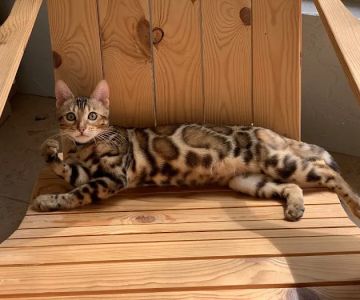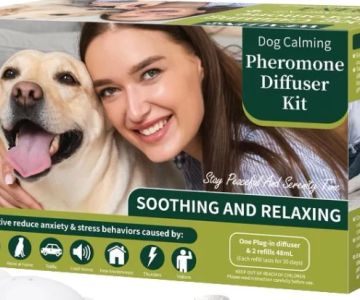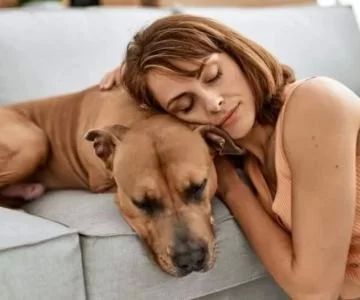- understanding-anxiety-in-dogs-and-cats
- common-signs-of-anxiety-in-pets
- vet-approved-treatment-options-for-anxious-pets
- real-stories-from-pet-owners-facing-anxiety
- when-to-seek-professional-help-for-pet-anxiety
1. Understanding Anxiety in Dogs and Cats
Just like humans, dogs and cats can experience anxiety — and it’s more common than many pet owners realize. From fear of loud noises to separation from their owners, anxiety in pets manifests in a variety of ways and can affect their overall health if left untreated. The key is knowing what to look for and how to support your furry friend with compassion and consistency.
1.1 What Triggers Pet Anxiety?
Common anxiety triggers include thunderstorms, fireworks, vet visits, car rides, new environments, and changes in routine. In cats, even moving furniture or switching litter brands can cause distress. For dogs, being left alone for long periods often sparks separation anxiety, especially in puppies or rescues.
1.2 Short-Term Stress vs. Chronic Anxiety
It’s important to distinguish between normal stress and ongoing anxiety. Occasional nervous behavior is natural, but if your pet shows signs of stress regularly or becomes destructive, withdrawn, or aggressive, it may be time to consider long-term anxiety support strategies.
2. Common Signs of Anxiety in Pets
Many anxious behaviors are misinterpreted as disobedience or stubbornness. Recognizing these signs early helps prevent more serious issues from developing. Here’s how anxiety typically shows up in dogs and cats.
2.1 Physical Symptoms
Watch for trembling, panting (in the absence of heat or exercise), excessive grooming or shedding, dilated pupils, pacing, or hiding. In cats, signs might include urinating outside the litter box or decreased appetite.
2.2 Behavioral Changes
Pets with anxiety might become more clingy or, conversely, isolate themselves. Dogs may bark or whine excessively, destroy furniture, or try to escape. Cats may become uncharacteristically vocal, irritable, or avoid interaction.
2.3 Sudden Aggression or Withdrawal
If a normally calm dog growls during storms or a sociable cat starts hiding from guests, these behavioral shifts could signal anxiety. Always rule out medical causes first with your vet before assuming it’s behavioral.
3. Vet-Approved Treatment Options for Anxious Pets
Addressing anxiety in pets involves a combination of behavior modification, environment adjustments, and, in some cases, medical intervention. The goal is to reduce stress while teaching your pet healthier coping strategies.
3.1 Environmental Adjustments
Create a calm, predictable home routine. Designate a safe space — like a crate with blankets for dogs or a high perch for cats — where your pet can retreat when overwhelmed. Noise machines or pheromone diffusers can also ease sensory triggers.
3.2 Training and Behavior Support
Desensitization and counter-conditioning are powerful tools. For example, if your dog fears the vacuum, gradually expose them to it while offering treats to build a positive association. A certified trainer or veterinary behaviorist can guide this process effectively.
3.3 Natural Supplements and Medications
Some pets benefit from calming supplements like L-theanine, CBD (vet-approved), or calming chews. In more severe cases, prescription medications may be necessary — always under professional supervision. At Hidden Brook Veterinary, we tailor treatment plans based on your pet’s specific triggers, temperament, and health profile.
4. Real Stories from Pet Owners Facing Anxiety
When Jenna adopted her rescue dog, Max, she quickly realized he couldn’t be left alone without howling and chewing the door frame. After consulting with the team at Hidden Brook Veterinary, she implemented crate training, scheduled exercise, and started Max on calming supplements. Within weeks, Max was more relaxed and even able to stay alone for short periods without panic.
Emily’s cat, Luna, became anxious after a move — hiding for hours and refusing food. With her vet’s help, Emily used pheromone diffusers and gentle routine reinforcements. Luna gradually regained her confidence, resuming her morning window perches and mealtime chirps.
These stories remind us that anxiety in pets is treatable, and progress is possible with patience and expert guidance.
5. When to Seek Professional Help for Pet Anxiety
While minor anxiety can often be managed at home, some situations call for professional intervention. Chronic distress can impact your pet’s quality of life and even lead to secondary health issues like digestive problems, skin conditions, or immune suppression.
5.1 Signs It’s Time to Consult a Vet
If anxiety interferes with your pet’s ability to eat, sleep, or enjoy normal activities — or if they show signs of aggression or self-harm — it’s time to consult a veterinarian. Early intervention is key to long-term wellness.
5.2 How Hidden Brook Veterinary Can Help
At Hidden Brook Veterinary, our team provides personalized behavioral assessments, anxiety treatment planning, and ongoing support. Whether your pet needs environmental adjustments, dietary changes, or medication, we’ll work with you to create a path toward calm and balance.
Remember: anxiety doesn’t mean your pet is broken. It means they’re trying to communicate something — and with the right tools, you can help them feel safe, supported, and secure every day.












